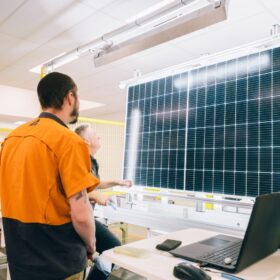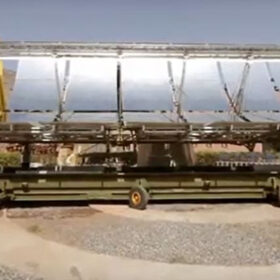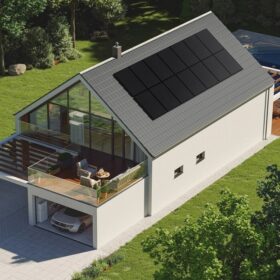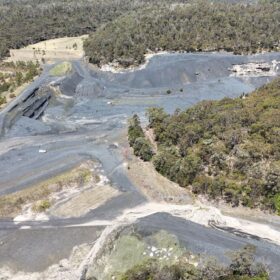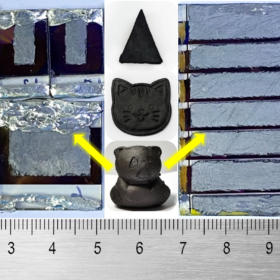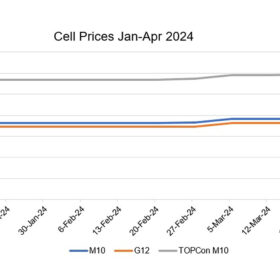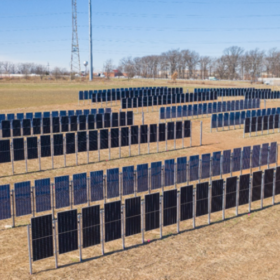Australian solar manufacturing through the looking glass
The Silicon to Solar report, partly funded by the Australian Renewable Energy Agency, outlines ways to restore solar manufacturing to the nation with a little help from the country’s major trading partner – China.
SGC, SMO to deploy 100 MW of solar waste-to-energy in Australia
SGC and SMO say they plan to install 100 MW of solar waste-to-energy systems in Australia. They aim to deploy a total of 50 waste-to-energy units in the next three years, with plans to scale up to 1 GW in the future.
Chinese PV Industry Brief: CNMIA says polysilicon, wafer prices continue to fall
The China Nonferrous Metals Industry Association (CNMIA) says that prices for n-type rod silicon fell 3.3% on a weekly basis to between CNY 55,000 ($7,600) and CNY 60,000 per ton this week. It reports that wafer prices also fell between 3.5% and 15.6% during the same period.
European Solar sees warm, cloudy end to winter, linked to record temperatures
In a new weekly update for pv magazine, Solcast, a DNV company, reports that in March most European solar operators and grids saw less solar irradiance and production than normal, due to enhanced westerly winds bringing moist air off a relatively warm Atlantic ocean. Large areas of the continent saw irradiance down 10% to 25% below normal for March.
Maxeon unveils TOPCon solar module series for rooftop PV
Maxeon said its new Sunpower Performance 7 panel series features a power conversion efficiency of up to 22.7% and an operating temperature coefficient of -0.29% C.
Australian water storage facility may turn into 1 GW pumped hydro station
Zen Energy has secured approval from Australia’s WaterNSW to investigate how to transform Sydney’s biggest water storage facility into a 1 GW pumped hydro project capable of supplying on-demand power for up to eight hours.
Perovskite solar cell based on playdough-like graphite electrodes achieves 20.29% efficiency
Researchers in China have fabricated a carbon-based perovskite solar cells that achieves almost the same efficiency as perovskite counterparts based on gold electrodes while also providing higher stability. The novel devices use a playdough-like graphite (PG) electrode that combines the deformable property of carbon paste and the solvent-free property of carbon film.
Solar cell prices fall for 3rd consecutive week
In a new weekly update for pv magazine, OPIS, a Dow Jones company, provides a quick look at the main price trends in the global PV industry.
Vertical agrivoltaics for forage crops, animal grazing
US-based Sunstall has deployed a vertical agrivoltaic facility based on its racking solution in the United States. The system features 18 rows of 21 panels and has a total capacity of 170 kW.
Solar, wind energy curtailment skyrocketed in Japan in fiscal 2023
New figures from Japan’s Ministry of Economy, Trade and Industry (METI) show that wind and solar power curtailment increased significantly to 1.76 TWh over the past 12 months, from 0.57 TWh in fiscal 2022 and 0.53 TWh in fiscal 2023.
